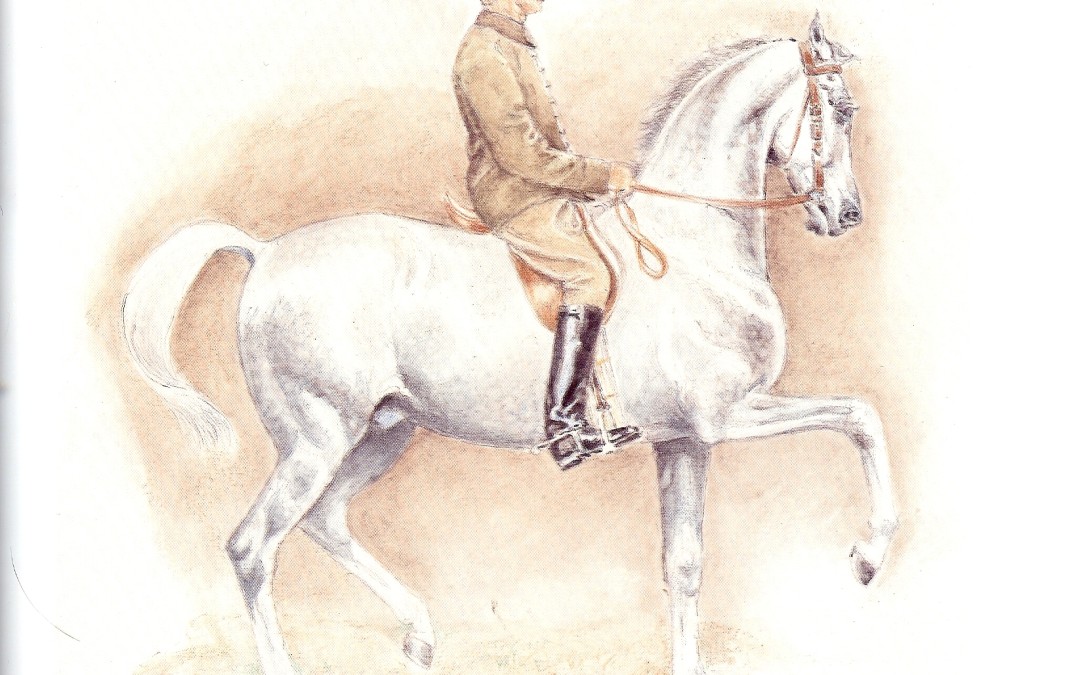Dressage is equal parts mind and body, with both the horse and human as equal participants. This is expressed in three actions taken by the human and mirrored in the horse. This stated it is a practice and not a theory.
The first action is in taking a position. When riding, it is how we consciously take our seat on the horse, but it is also how we place ourselves in space while in the presence of the horse. Every moment is a placement. The only choice is whether it is conscious or not. (orientation in space)
We feel into what is present in the moment and express our caring to the horse through our gentle and slow presence. We are aware of our individuality and aspire to a functional collective awareness.This leads to the second action in which a state of being. We are present ourselves without judgment and recognize the mutual right of the horse to co-exist with us. We surrender aggressions and fear by the gentle act of yielding. We establish our proper place. (declaration of proper space and the acknowledgment of our’s and the horse’s space)
The third action is touching. We extend our energy and receive the mutual energy which is present. It is a cadence and harmony which engages what exists as the goodness in both of us. We communicate and connect with each other in a reciprocal act of kindness and caring. (linking)
The dressage of goodness finds orientation, declares its space and links not as a superior to the horse but as a partner. In this, we join heaven and earth for the horse and for ourselves in a sublime dance. There is no concern for an appearance here and no judgment for what is correct. The way forward is obvious and clarified. From this dressage of goodness is the best of the horse and human manifesting. What is left to be done then is only a matter of practice for each day and each session the path of harmony unfolds.
This is not an abstraction nor a theory, but an actual practice. Any theory only has value when it clarifies the practice. Dismissing this as abstraction is only needed when one seeks to protect a dressage which achieves less. The path here is simple and the view is profound because it calls forth the best in you. The fruit of such practice sweetens with age and experience. Is it any wonder that when we find the compassion to save the horse we also find the path to our own salvation?


Recent Comments